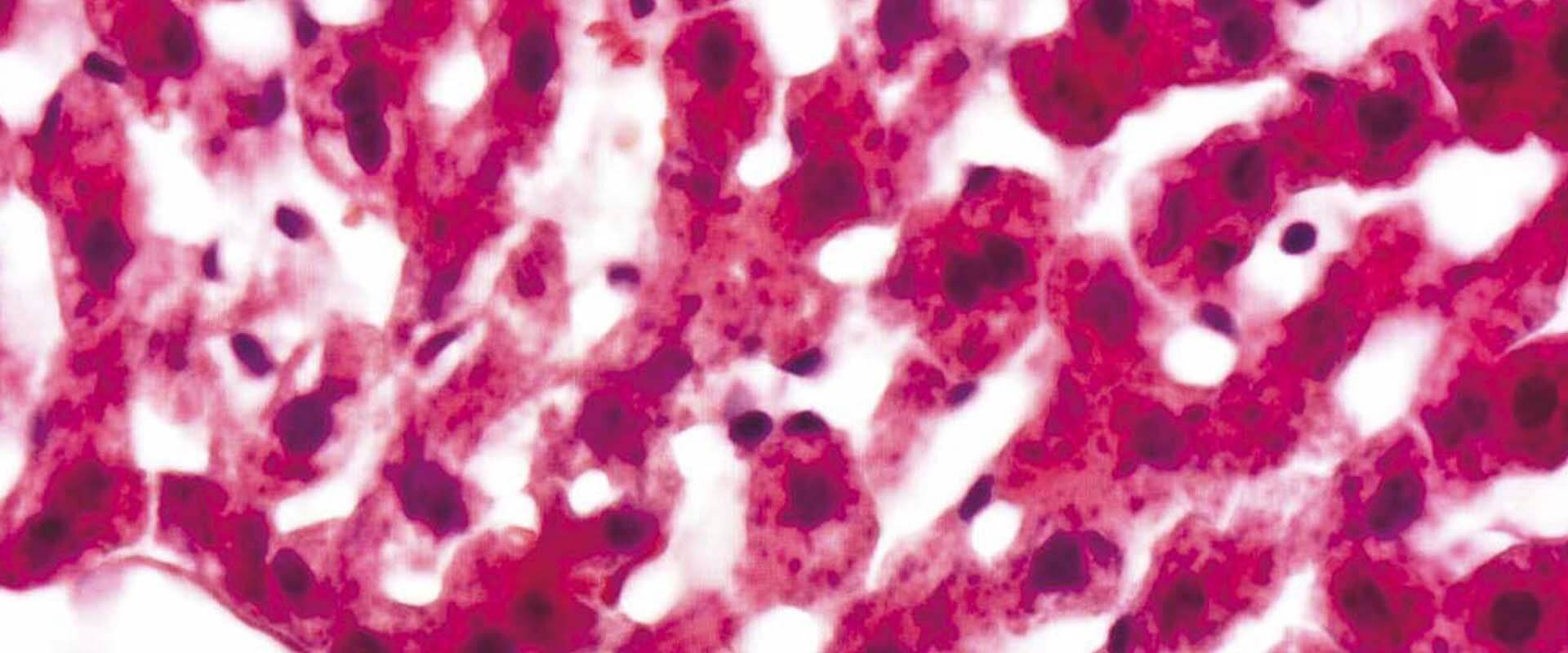Cerebrospinal fluid Presenilin-1 increases at asymptomatic stage in genetically determined Alzheimer’s disease
Background
Presenilin-1 (PS1), the active component of the intramembrane γ-secretase complex, can be detected as soluble heteromeric aggregates in cerebrospinal fluid (CSF). The aim of this study was to examine the different soluble PS1 complexes in the lumbar CSF (CSF-PS1) of individuals with Alzheimer’s disease (AD), particularly in both symptomatic and asymptomatic genetically determined AD, in order to evaluate their potential as early biomarkers.
Methods
Western blotting, differential centrifugation and co-immunoprecipitation served to determine and characterize CSF-PS1 complexes. We also monitored the assembly of soluble PS1 into complexes in a cell model, and the participation of Aβ in the dynamics and robustness of the stable PS1 complexes.
Results
There was an age-dependent increase in CSF-PS1 levels in cognitively normal controls, the different complexes represented in similar proportions. The total levels of CSF-PS1, and in particular the proportion of the stable 100–150 kDa complexes, increased in subjects with autosomal dominant AD that carried PSEN1mutations (eight symptomatic and six asymptomatic ADAD) and in Down syndrome individuals (ten demented and ten non-demented DS), compared with age-matched controls (n = 23), even prior to the appearance of symptoms of dementia. The proportion of stable CSF-PS1 complexes also increased in sporadic AD (n = 13) and mild-cognitive impaired subjects (n = 12), relative to age-matched controls (n = 17). Co-immunoprecipitation demonstrated the association of Aβ oligomers with soluble PS1 complexes, particularly the stable complexes.
Conclusions
Our data suggest that CSF-PS1 complexes may be useful as an early biomarker for AD, reflecting the pathology at asymptomatic state.

 Español
Español
